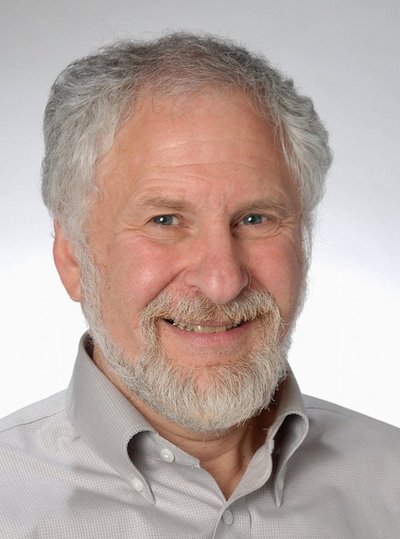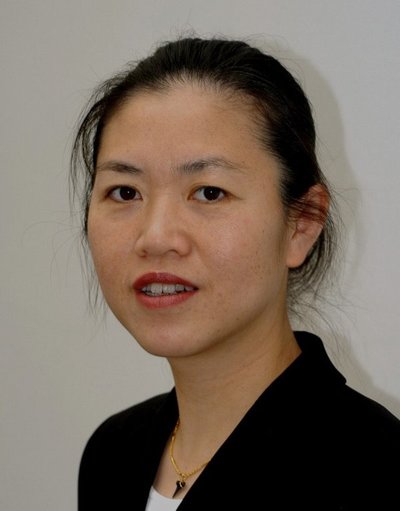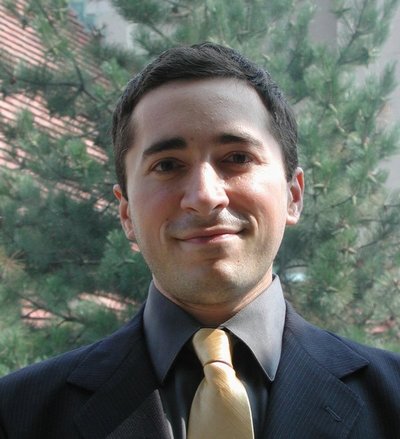October 23, 2008
Bernstein, Shen and Parviz selected Inventors of the Year
Irwin Bernstein will receive the fifth annual Inventor of the Year Award and Babak Parviz and Tueng Shen will share the first Emerging Inventor of the Year Award. The three will be honored at the Inventors of the Year Awards reception on Wednesday, Oct. 29, at the Seattle Asian Art Museum in Volunteer Park.
The Inventor of the Year Award is given to a person who has translated research from the bench, through partnerships with the biomedical industry, to a product or process that has had a major impact on health care. This year’s recipient, Irwin “Irv” Bernstein, is chief of the Division of Hematology/Oncology and Bone Marrow Transplantation at Seattle Children’s Hospital, professor of pediatrics and director of the Division of Pediatric Hematology/Oncology at the UW, and head of the Pediatric Oncology Program at the Fred Hutchinson Cancer Research Center.
Bernstein is being honored for his discovery of a protein, CD33, found on the surface of most acute myeloid leukemia cells. Working with the biomedical industry, he translated this discovery into the development of Mylotarg, a drug widely used for treating acute myeloid leukemia and the first FDA-approved antibody-targeted chemotherapeutic agent.
The Emerging Inventor of the Year Award is given to younger researchers whose work has shown promise or results leading to improvements in health care. To honor both the work of two brilliant researchers and the collaborative nature of their work, this year’s award will be presented to Tueng Shen, UW assistant professor of ophthalmology and director of the UW Medicine Refractive Surgery Center, and Babak Parviz, UW assistant professor of electrical engineering and associate director of the Microscale Life Sciences Center.
Shen, drawing on her background in medicine and bioengineering, has teamed up with Parviz to develop an active contact lens that can wirelessly communicate important information about the health of the eye and the whole patient. The lens under development will be equipped with a wireless transmitter and powered by a combination of radio frequency and solar cells to collect data for the clinician or researcher. Parviz has developed a technique of engineered self assembly that combines the lens material and the circuitry to create the new active contact lens.
Sponsors for the reception include UW Medicine, UW Technology Transfer, Frazier Healthcare Ventures, Fred Hutchinson Cancer Research Center, Washington Research Foundation, WBBA, and several local biotechnology, medical device, venture capital and legal industries.
Registration for this complimentary event is available at https://catalysttools.washington.edu/webq/survey/bmahoney/59576 or by contacting Barbara Mahoney at bmahoney@u.washington.edu or
206-543-7718.





